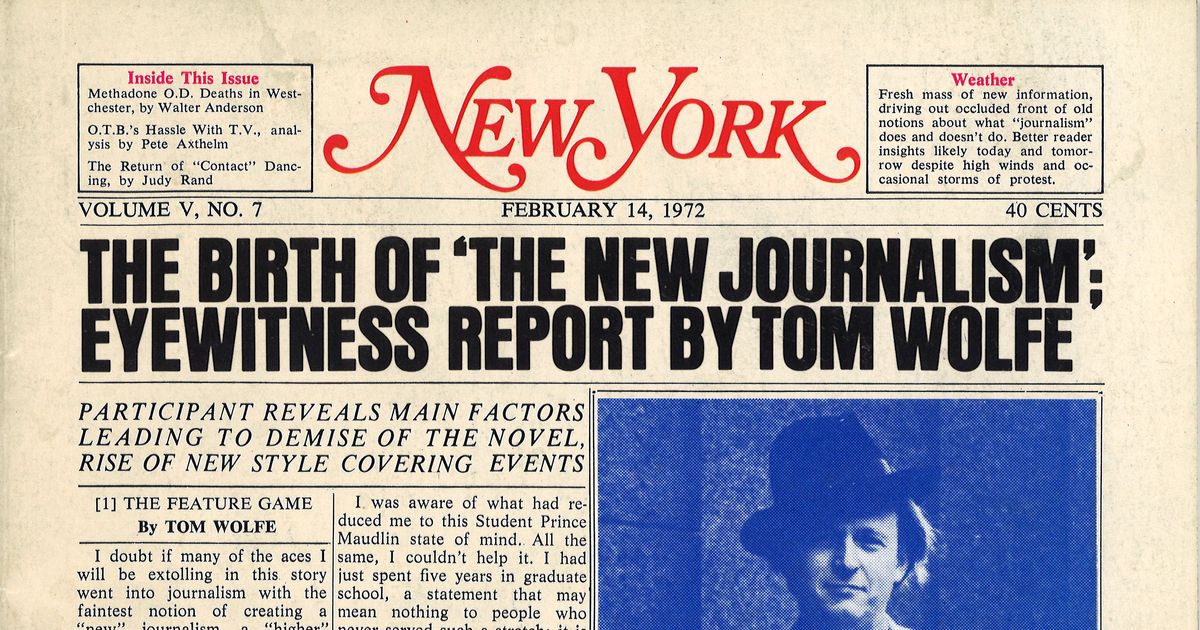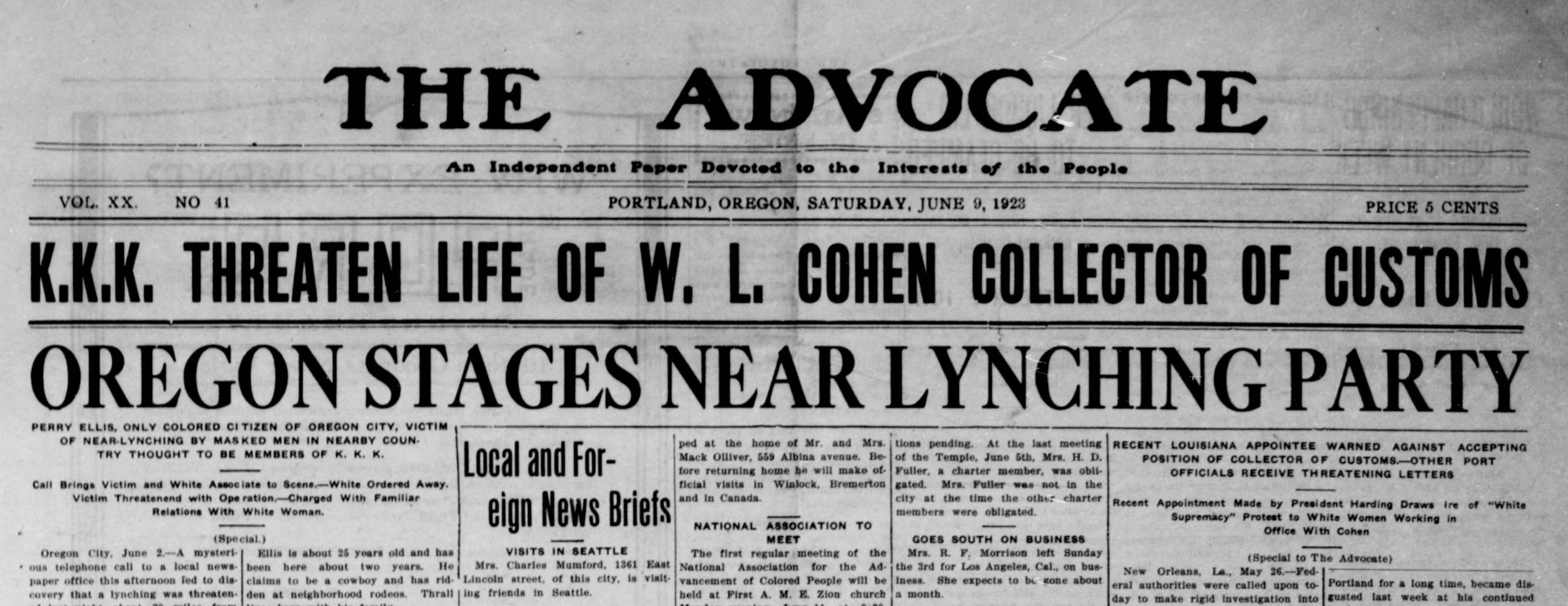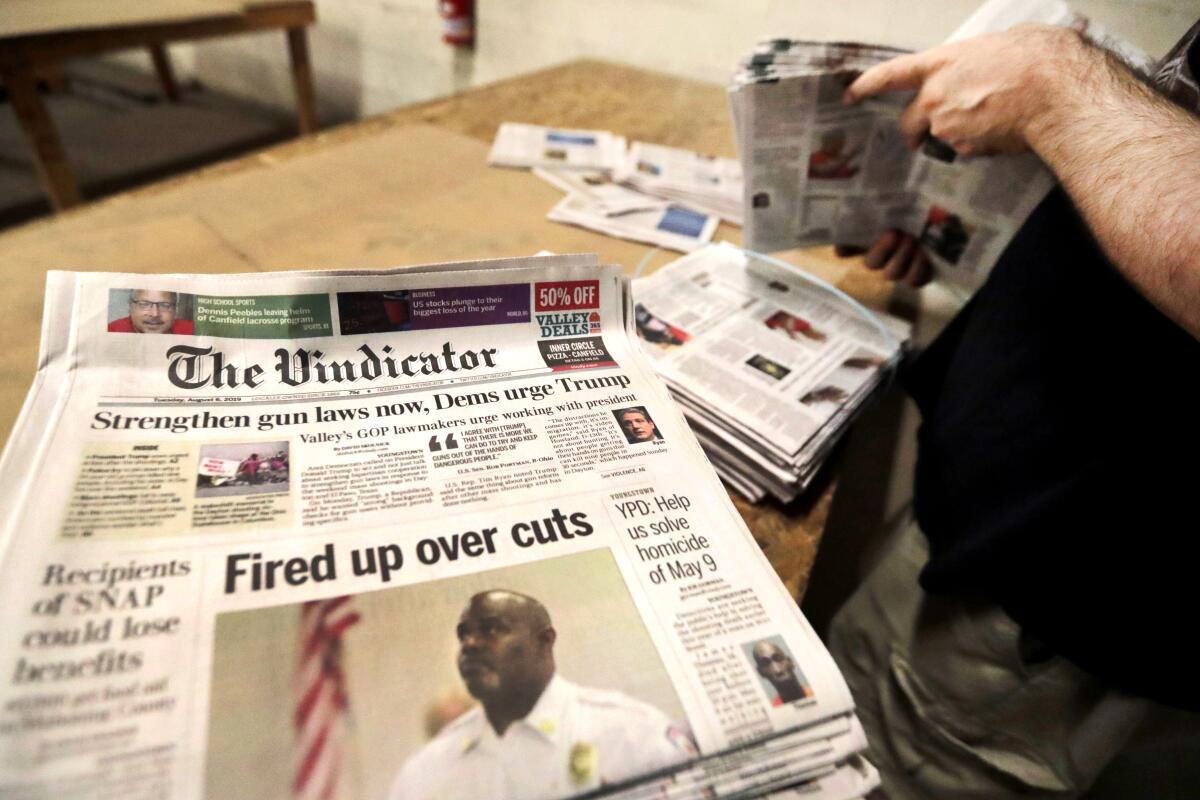All About News Articles
All About News Articles
Blog Article
The Ultimate Guide To News Articles
Table of ContentsThe Of News ArticlesThe News Articles StatementsNot known Details About News Articles Facts About News Articles RevealedA Biased View of News Articles
Great knowledge of various subjects offers trainees a competitive side over their peers. Despite the fact that digital and social networks are readily accessible, we must not forget just how important it is to check out the newspapers. Moms and dads should attempt and inculcate the habit of reviewing a newspaper as a daily regimen to continue the heritage of the revered print tool.Information tales additionally contain at the very least one of the complying with vital attributes loved one to the desired audience: proximity, prominence, timeliness, human rate of interest, strangeness, or effect.
Within these limits, newspaper article likewise aim to be detailed. Other elements are included, some stylistic and some acquired from the media kind. Among the larger and a lot more respected newspapers, justness and balance is a major consider providing info. Discourse is generally confined to a separate section, though each paper may have a different overall angle.
Papers with a worldwide audience, for instance, have a tendency to use an extra formal design of composing. News Articles.; usual style guides consist of the and the US Information Design Book.
More About News Articles
As a rule, journalists will certainly not make use of a lengthy word when a brief one will certainly do. They use subject-verb-object building and brilliant, energetic prose (see Grammar). They provide narratives, instances and allegories, and they seldom rely on generalizations or abstract ideas. Information authors try to prevent utilizing the exact same word extra than as soon as in a paragraph (in some cases called an "echo" or "word mirror").
Headlines often leave out the topic (e.g., "Leaps From Watercraft, Catches in Wheel") or verb (e.g., "Pet cat female fortunate"). A subhead (also subhed, sub-headline, subheading, caption, deck or dek) can be either a subservient title under the main headline, or the heading of a subsection of the write-up. It is a heading that comes before the major text, or a team of paragraphs of the main text.

Extra signboards of any of these types may appear later on in the post (specifically on succeeding web pages) to tempt more analysis. Such billboards are likewise utilized as pointers to the write-up in various other sections of the publication or site, or as advertisements for the piece in various other publication or sites. Regular structure with title, lead paragraph (recap in bold), other paragraphs (details) and call info.

Example of a hard-lead paragraph NASA is proposing one more room project. check my source The agency's spending plan demand, introduced today, included a plan to send out an additional goal to the Moon. This moment the firm hopes to establish a long-term center as a jumping-off place for various other area adventures. The budget demands approximately $10 billion for the project.
The NASA news came as the agency asked for $10 billion of appropriations for the job. An "off-lead" is the second crucial front web page information of the day. The off-lead appears either in the top left corner, or straight below the lead on the. To "hide the lead" is to begin the post with history information or information of second importance to the visitors, compeling them to check out even more deeply right into a write-up than they should have to in order to discover the essential points.
Indicators on News Articles You Should Know
Common use is that one or more sentences each develop their very own paragraph. Reporters normally describe the organization or structure of an information tale as an inverted pyramid. The important and most fascinating aspects of a tale are placed at the beginning, with sustaining details adhering to in order of diminishing value.
It allows people to explore a topic to only the depth that their inquisitiveness takes them, and without the imposition of details or nuances that they could think about irrelevant, however still making that info offered to much more interested visitors. The check my source upside down pyramid structure also enables articles to be trimmed to any approximate size during layout, to fit in the space offered.
Some authors start their stories with the "1-2-3 lead", yet there are many kinds of lead offered. This style inevitably starts with a "Five Ws" opening up paragraph (as described above), followed by an indirect useful site quote that offers to sustain a significant component of the initial paragraph, and after that a direct quote to support the indirect quote. [] A twist can describe numerous points: The last story in the news program; a "delighted" story to end the show.
Longer write-ups, such as publication cover write-ups and the pieces that lead the within sections of a paper, are known as. Function tales differ from straight information in a number of means.
Not known Incorrect Statements About News Articles
The journalist frequently information communications with interview subjects, making the item much more personal. An attribute's initial paragraphs typically relate an interesting moment or occasion, as in an "unscientific lead". From the details of a person or episode, its sight promptly broadens to abstract principles concerning the tale's topic. The section that indicates what a feature has to do with is called the or billboard.

The Editor's Toolbox: A Recommendation Guide for Beginners and Professionals (2001) Allan M. Siegal and William G. Connolly. The New York City Times Guidebook of Design and Use: The Authorities Design Overview Utilized by the Writers and Editors of the Globe's A lot of Reliable Newspaper (2002) M. L. Stein, Susan Paterno, and R.
Report this page